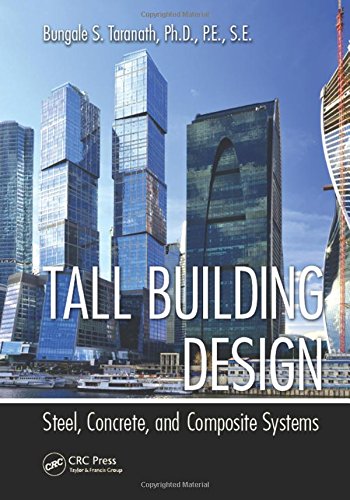

Most ebook files are in PDF format, so you can easily read them using various software such as Foxit Reader or directly on the Google Chrome browser.
Some ebook files are released by publishers in other formats such as .awz, .mobi, .epub, .fb2, etc. You may need to install specific software to read these formats on mobile/PC, such as Calibre.
Please read the tutorial at this link: https://ebookbell.com/faq
We offer FREE conversion to the popular formats you request; however, this may take some time. Therefore, right after payment, please email us, and we will try to provide the service as quickly as possible.
For some exceptional file formats or broken links (if any), please refrain from opening any disputes. Instead, email us first, and we will try to assist within a maximum of 6 hours.
EbookBell Team

4.0
26 reviewsAddresses the Question Frequently Proposed to the Designer by Architects: "Can We Do This?
Offering guidance on how to use code-based procedures while at the same time providing an understanding of why provisions are necessary, Tall Building Design: Steel, Concrete, and Composite Systems methodically explores the structural behavior of steel, concrete, and composite members and systems. This text establishes the notion that design is a creative process, and not just an execution of framing proposals. It cultivates imaginative approaches by presenting examples specifically related to essential building codes and standards. Tying together precision and accuracy―it also bridges the gap between two design approaches―one based on initiative skill and the other based on computer skill.
The book explains loads and load combinations typically used in building design, explores methods for determining design wind loads using the provisions of ASCE 7-10, and examines wind tunnel procedures. It defines conceptual seismic design, as the avoidance or minimization of problems created by the effects of seismic excitation. It introduces the concept of performance-based design (PBD). It also addresses serviceability considerations, prediction of tall building motions, damping devices, seismic isolation, blast-resistant design, and progressive collapse. The final chapters explain gravity and lateral systems for steel, concrete, and composite buildings.
The Book Also Considers:
Tall Building Design: Steel, Concrete, and Composite Systems is a structural design guide and reference for practicing engineers and educators, as well as recent graduates entering the structural engineering profession. This text examines all major concrete, steel, and composite building systems, and uses the most up-to-date building codes.